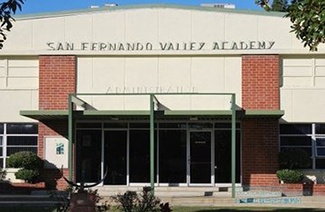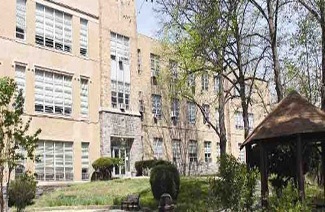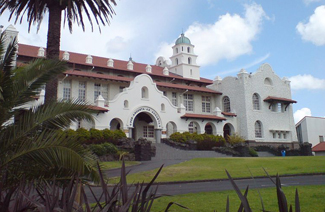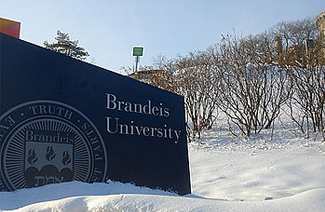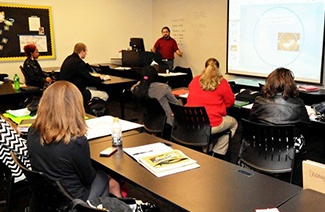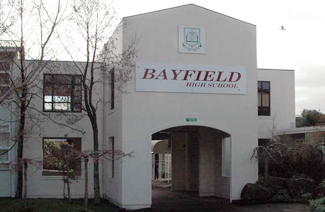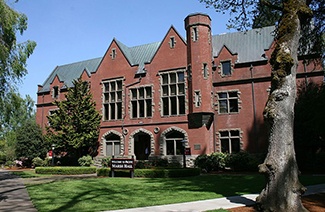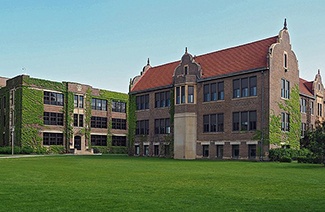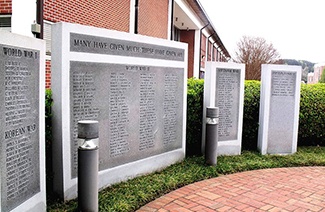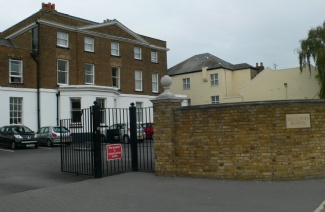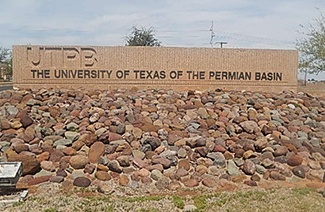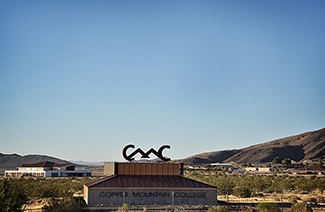GWD1-Q29:
Faulty voting equipment, confusing ballots, voter error, and problems at polling places have been cited by a new study of the 2000 United States presidential election, which estimated that they did not count 4 million to 6 million of the 100 million votes cast.
A. Faulty voting equipment, confusing ballots, voter error, and problems at polling places have been cited by a new study of the 2000 United States presidential election, which estimated that they did not count 4 million to 6 million of the 100 million votes cast.
B. Citing faulty voting equipment, confusing ballots, voter error, and problems at polling places, a new study of the 2000 United States presidential election has estimated that 4 million to 6 million of the 100 million votes cast were not counted.
C. Citing faulty voting equipment, confusing ballots, voter error, and problems at polling places, 4 million to 6 million of the 100 million votes cast were not counted in the 2000 United States presidential election, a new study estimates.
D. A new study has cited faulty voting equipment, confusing ballots, voter error, and problems at polling places in estimating that 4 million to 6 million of the 100 million votes that were cast had not been counted in the 2000 United States presidential election.
E. A new study of the 2000 United States presidential election, citing faulty voting equipment, confusing ballots, voter error, and problems at polling places, has estimated 4 million to 6 million votes had not been counted of the 100 million votes cast.
------------------------------------------------------------------------------------------------------------
GWD1-Q30:
The ancient Anasazi harvested such native desert vegetation as the purple-flowered bee plant, what they now commonly call wild spinach in northern Arizona and other parts of the southwestern United States.
A. what they now commonly call
B. a plant that they now commonly call
C. now commonly called
D. and is mow commonly called
E. which it is now commonly called
------------------------------------------------------------------------------------------------------------
GWD1-Q31:
Which of the following most logically completes the argument below?
Davison River farmers are currently deciding between planting winter wheat this fall or spring wheat next spring. Winter wheat and spring wheat are usually about equally profitable. Because of new government restrictions on the use of Davison River water for irrigation, per acre yields for winter wheat, though not for spring wheat, would be much lower than average. Therefore, planting spring wheat will be more profitable than planting winter wheat, since‗‗‗‗‗‗.
A. the smaller-than-average size of a winter wheat harvest this year would not be compensated for by higher winter wheat prices
B. new crops of spring wheat must be planted earlier than the time at which standing crops of winter wheat are ready to be harvested
C. the spring wheat that farmers in the Davison River region plant is well adapted to the soil of the region
D. spring wheat has uses that are different from those of winter wheat
E. planting spring wheat is more profitable than planting certain other crops, such as rye

